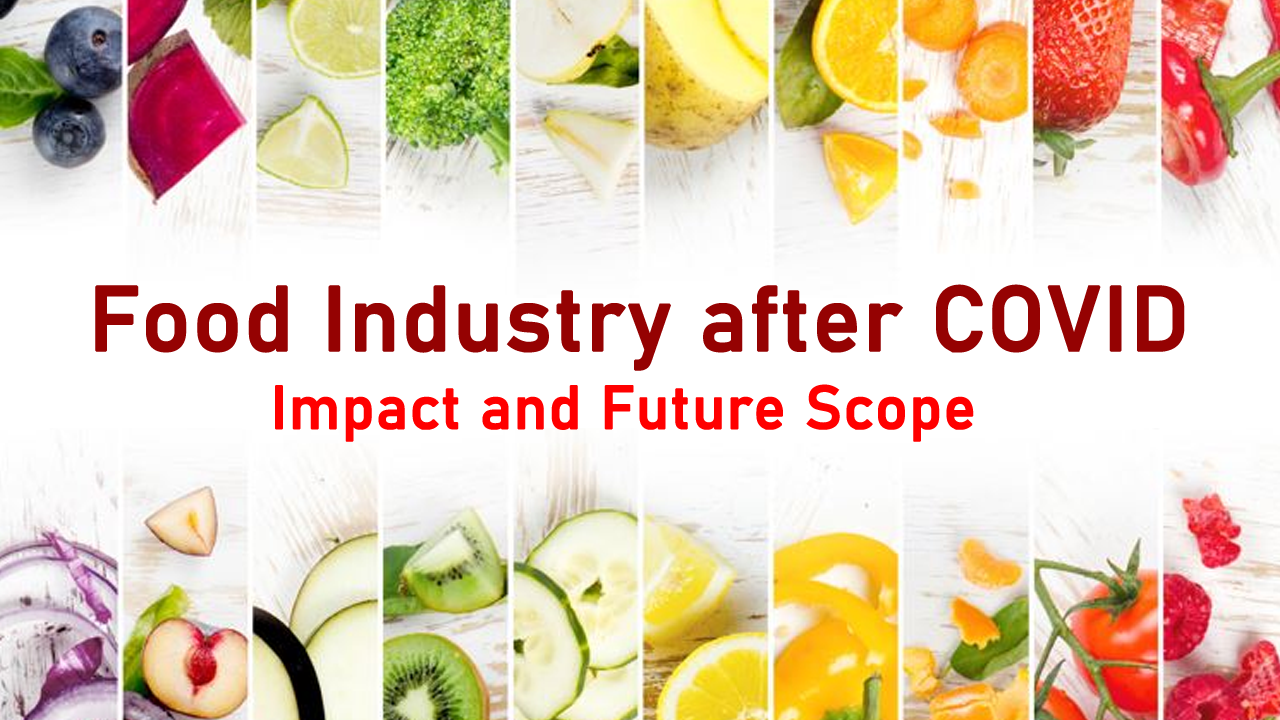Food Industry after COVID – Impact and Future Scope
The COVID-19 pandemic has affected major industries, economic development, and mainly food systems. There is a pressing need to discuss on our natural resources and how post-COVID-19 the food industries, food processing, and retail sectors will maintain a balance between the societal needs and different policy domains. The food industry includes companies working in raw food materials processing, packaging, and distribution of packaged and prepared foods.
Life will not be the same after this pandemic. There will be lasting changes andtransformation of habits to contend with this fast-spreading epidemic is inevitable.
How is the pandemic affecting the Food Industrydue to the economic slowdown and changing habits after COVID 19?
Food Policies challenges
The government in several countries is working to mitigate the impact of this pandemic, COVID-19. Aiming to flatten the curve, the shopping contacts are at a distance. There is a need to delve into the impact to assess, address the situation, and work on revival strategy to steer the food industry post-pandemic to bounce back.
There will be operational challenges in this period of the pandemic. The central government is taking action and is making its wishesclear for the understanding of the district administrations. It is agreeable that the food industry and the manufacturing units are functioning, but the functioning capacity is at 15 to 20%.
How can it be favorable?
The liquidity crunch is escalating with each passing day that many MSMEs are unable to produce the required raw material and are affecting the food processing industry. The manufacturing industry is discussing this issue continuously with the Food Processing Industries Ministry, seeking some relief.
There is a need for financial institutions to become a bit liberal in releasing working capital at subsidized interest rates. During this lockdown period, the manufacturing units are not functional, and as an aim to food processors liquidity crunch, the discretionary fixed costs such as electricity charges and others may be ruled-out up for now or at least subsidized. The flow of cash should not stop so that the supply chain keeps the working capital in function.
Food production and employment
The agricultural production owing to declining demand is facing inhibition. Besides, the key inputs such as, fertilizers, seeds, and pesticides, have become a limitation. Moreover, there is an intervention of moving from unorganized to organized sector, focusing on food safety. Consumers have become highly conscious of their health,and it will have an impact on the production systems design.
The current swing is sure to bring a shift towards food production approaches, though the recommendation is to intensify food production aiming at climate-smart systems. There is a need for the food industry to be agile and to accept the changing scenario. Thus, new opportunities may be available through the food processing sector. There may be challenges, yet the industry must get ready to develop new products after this pandemic crisis, relying on consumer behavior.
Urban employment is rising, affecting the food systems already weakened resilience, while there are more additional vulnerable shocks from pests or climate change threatening food security. The return of migration to rural areas can cause trouble in the labor-orientedproduction systems. Mobilization of labor can be manageable for smallholder farmers, but for semi-intensive productions and medium-scale farmers, it is not easy. To produce affordable food, large scale commercial farming is the need so that there are high-yielding inputs. The economic lockdown duration is extending that the only alternative seems farm consolidation. It will help in meeting the local demand for food with proper cash transfer programs. It will also create additional employment for a longer time if there is development in the local food processing industry.
Food markets
After COVID-19, the increase is in national food security and shorter supply chains. Hygiene products are seeing a boost. Companies and countries are diversifying their locations of the source to reduce risks. It has an impact on the food costs as countries refrain large-scale production of specific foods.
Maintaining steady prices on food now relies on the food market sources access done through open trade flows. The commercial transactions have become limited after COVID-19, and only larger companies maintain operations as they have more resources. Acquiring finance is complicating even for the SMEs and traders who dominate food supply chains locally. Besides, now there is a need to guarantee food safety needs.
Food consumption
With COVID-19 prevailing, the role of automation plays a vital role in addressing the changing behavior of consumers towards food safety, health consciousness, and quality processed foods. The automation keeps the food produced healthy and safer than the patterns of food, and consumption brings a shift.
The preference is high for healthy and fresh fruits and vegetables. Awareness of healthier diets and lifestyle has put food staples such as wheat and rice plummeting, while the commodities such as oil, cocoa, and coffee are decreasing, and the animal products intake is stagnation due to the concerns of food safety.
People are ready to spend on foods, and poor households are suffering. Itis sure to increase inequality in food consumption. The foodservice sales are not legal, while home delivery and online food purchase are seeing a boost. The elderly and the youth are using food apps that e-commerce engagement is steadily increasing.
It is acceptable that the processing sector may benefit from deglobalization. The demand for technology will increase, and so will the joint ventures evolve. Machine manufacturers can join joint ventures and manufacture within the country, the end products.
FAQs
Q. During the COVID-19 pandemic, what are some foods to eat?
Eating a variety of unprocessed and fresh foods allows getting dietary fiber, minerals, vitamins, antioxidants, and protein requirements. Also, ensure to drink adequate water. Eat vegetables, fruits, legumes, whole grains such as millet, wheat, oats, unprocessed maize, starchy tubers, or brown rice, food from animal sources can include milk, eggs, fish, and meat. For snacks, eat fresh fruit and raw vegetables than foods that are high in salt, fat, or sugar.
Q. In the lockdown period continuing, will food supplies be available?
All the essential commodities that are food supplies and medicines will be available, but consumers must take proper precautions. Individuals can also take benefit from receiving food supplies and grains through public distribution.
Q. Did Food Processing Industries Ministry address the COVID-19?
Yes. The Food Processing Industries Ministry address this crisis by ensuring an uninterrupted supply of essentials and hassle-free operations for the citizens. There is a Business Immunity Platform to support investors and businesses.
Handbooks On Food Industry
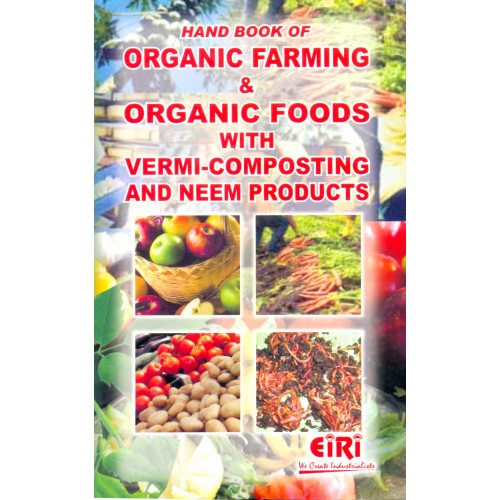 | 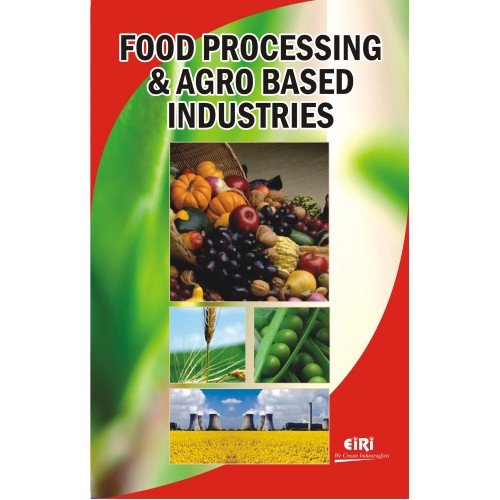 |
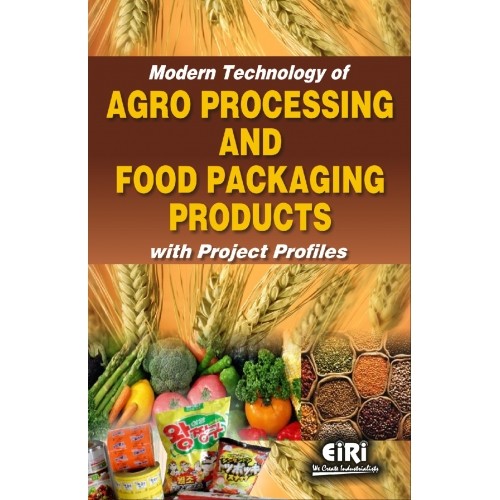 | 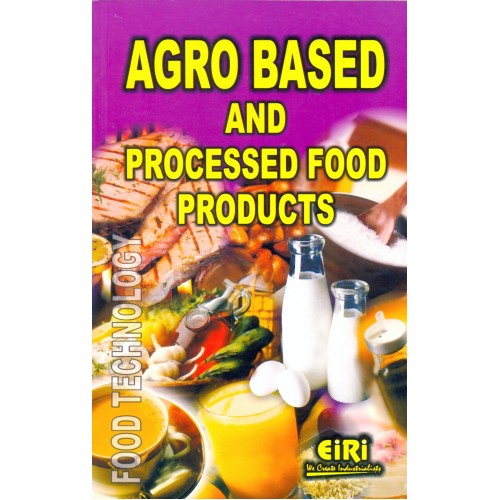 |
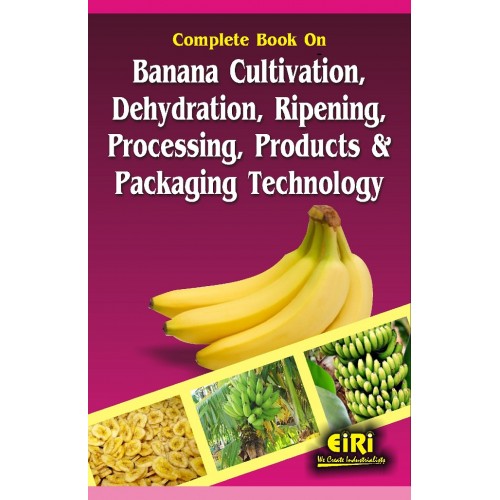 |  |
Click Here for Handbook of Food Processing And Dairy Milk Processing Industry – Formulations, Process And Technology

